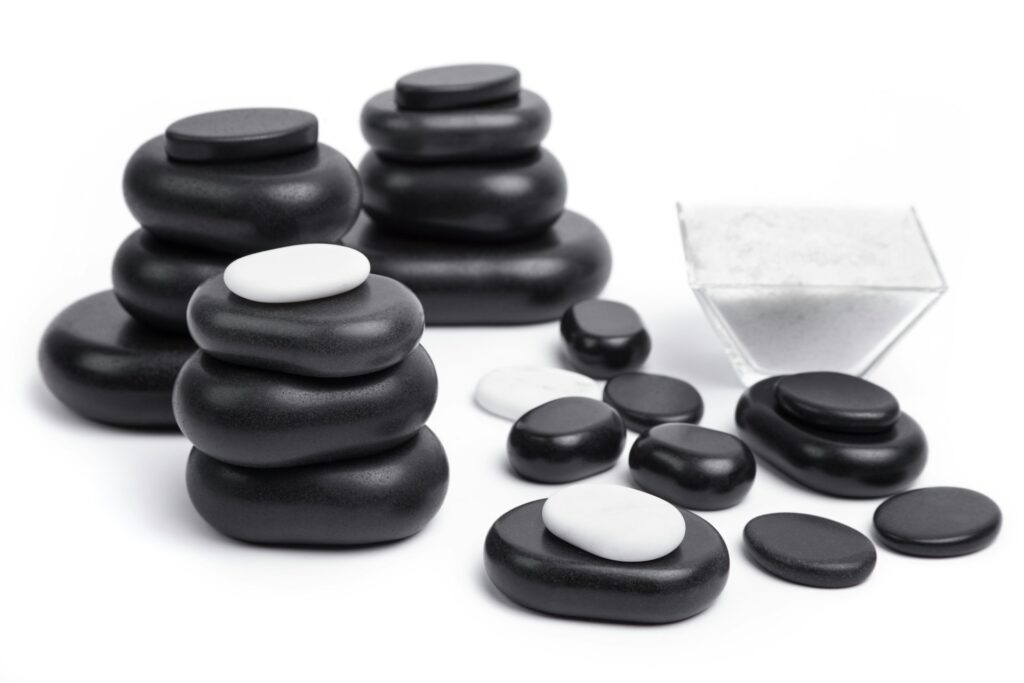Now Reading: How to Bounce Back Faster From Your Hardest Gym Sessions
-
01
How to Bounce Back Faster From Your Hardest Gym Sessions
How to Bounce Back Faster From Your Hardest Gym Sessions

You’ve just crushed an intense session at the gym. Your muscles are screaming, sweat is still dripping, and you feel that familiar burn that signals you’ve pushed your limits. But what happens next can make or break your fitness progress.
The hours and days following a challenging workout are when your body does its most important work. This is when muscle repair occurs, when strength gains are solidified, and when your fitness foundation is truly built. Yet many people treat this crucial window as an afterthought, missing out on significant performance improvements.
Smart post-workout recovery isn’t just about feeling better tomorrow—it’s about maximizing every minute you spend training. When you optimize your recovery process, you reduce injury risk, minimize soreness, and set yourself up for stronger performance in your next session. The strategies that follow will help you transform those tough workout days into stepping stones for real progress.
Fuel Your Body Within the Golden Hour
The first 60 minutes after your workout represent a critical window for muscle repair and adaptation. During this time, your muscles are primed to absorb nutrients and begin the recovery process.
Protein Priority
Your muscles need amino acids to rebuild stronger than before. Aim for 20-30 grams of high-quality protein within this golden hour. Greek yogurt, lean chicken, fish, or a quality protein shake all provide the building blocks your body craves.
Carbohydrate Considerations
Don’t skip the carbs—they’re essential for replenishing glycogen stores that fuel your muscles. A 3:1 or 4:1 ratio of carbohydrates to protein works well for most people. Think chocolate milk, a banana with peanut butter, or oatmeal with berries.
Hydration Habits
Intense exercise depletes both water and electrolytes. Weigh yourself before and after workouts to gauge fluid loss—you should aim to drink 16-24 ounces of fluid for every pound lost through sweat.
Master the Art of Active Recovery
Complete rest isn’t always the answer. Strategic movement can actually accelerate your body’s natural healing processes by increasing blood flow and reducing stiffness.
Light Movement Strategies
A 10-15 minute walk, gentle yoga flow, or easy bike ride can work wonders. The key is keeping intensity low—you should be able to hold a conversation easily during active recovery.
Hip Flexibility Exercises for Better Movement
Your hips bear significant load during the most intense workouts. Dedicated hip flexibility exercises like 90/90 stretches, hip circles, and pigeon pose can prevent tightness and improve your range of motion for future training sessions.
Timing Your Recovery Sessions
Schedule active recovery on your off days or as cool-downs after intense sessions. Even 15 minutes of purposeful movement can make a noticeable difference in how you feel the next day.
Sleep: Your Secret Weapon
Quality sleep might be the most underrated aspect of recovery. During deep sleep stages, your body releases growth hormone and performs most of its cellular repair work.
Create Your Sleep Sanctuary
Keep your bedroom cool (65-68°F), dark, and quiet. Remove electronic devices at least an hour before bed, as blue light can interfere with your natural sleep cycles.
Consistent Sleep Schedule
Your body thrives on routine. Going to bed and waking up at similar times every day—even on weekends—helps optimize your natural recovery rhythms.
Pre-Sleep Routine
Develop a calming routine that signals bedtime to your body. This might include light stretching, reading, or meditation. Avoid caffeine within six hours of bedtime and large meals within three hours.
Temperature Therapy for Faster Healing
Strategic use of heat and cold can significantly impact your recovery timeline and comfort level.
Ice Bath Benefits
Cold water immersion (50-60°F for 10-15 minutes) can reduce inflammation and perceived muscle soreness. If you don’t have access to an ice bath, a cold shower for the final 30-90 seconds can provide similar benefits.
Heat for Relaxation
Gentle heat through a warm bath, sauna, or heating pad can improve circulation and promote relaxation. Save heat therapy for at least 24 hours after intense exercise to avoid increasing acute inflammation.
Contrast Therapy
Alternating between hot and cold (3 minutes hot, 1 minute cold, repeated 3-4 times) may provide the best of both worlds by promoting circulation while managing inflammation.
Listen to Your Body’s Signals
Your body provides constant feedback about its recovery status. Learning to interpret these signals helps you make smarter decisions about when to push forward and when to pull back.
Warning Signs to Watch
Elevated resting heart rate, persistent muscle soreness beyond 72 hours, declining performance, mood changes, or sleep disruption can all indicate inadequate recovery. These training tips can prevent overreaching before it becomes a problem.
Recovery Metrics
Track simple markers like sleep quality, energy levels, and motivation to train. More advanced options include heart rate variability monitors, but basic self-assessment often provides the most actionable information.
Adjusting Your Approach
If recovery markers are poor, consider reducing training intensity, adding extra rest days, or addressing lifestyle factors like stress and nutrition before your next intense session.
Building Your Personal Recovery Protocol
Effective recovery isn’t one-size-fits-all. Your optimal approach depends on your training style, schedule, stress levels, and individual response to different strategies.
Start by implementing one or two techniques consistently rather than trying everything at once. Track how different approaches affect your energy, performance, and overall well-being. Over time, you’ll develop an intuitive sense of what your body needs most.
Remember that recovery is an investment, not lost time. Every minute spent on thoughtful recovery practices pays dividends in improved performance, reduced injury risk, and better long-term progress toward your fitness goals.
Transform Your Training Through Smarter Recovery
The difference between good athletes and great ones often comes down to what happens between training sessions. By prioritizing nutrition timing, embracing active movement, optimizing sleep, and learning to read your body’s signals, you transform recovery from an afterthought into a competitive advantage.
Your next workout starts the moment your current one ends. Make those hours count, and watch your performance reach new heights.

























